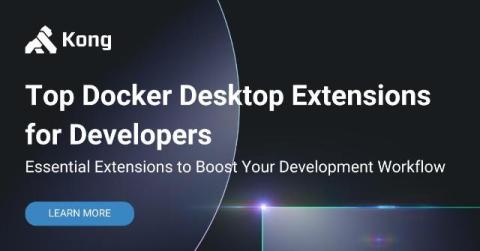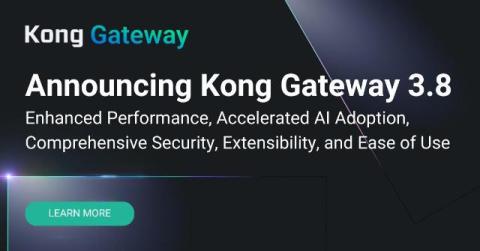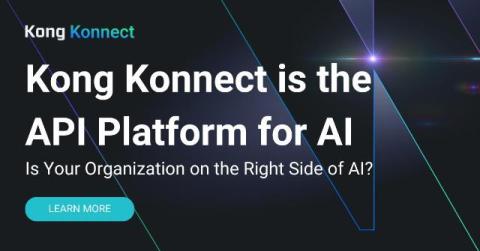Insomnia 10.1 Adds New Collection Runner CLI, In-App Invites, and More
As a follow-up to our recent Kong Insomnia v10 release that shipped with an unlimited and free Collection Runner and one week after announcing our official SCIM support for automated user provisioning, we're now excited to announce Insomnia v10.1. This release ships with the general availability of the CLI to use the Collection Runner with CI/CD automation, a new in-app invite wizard that simplifies working with collaborators, and many other improvements.











